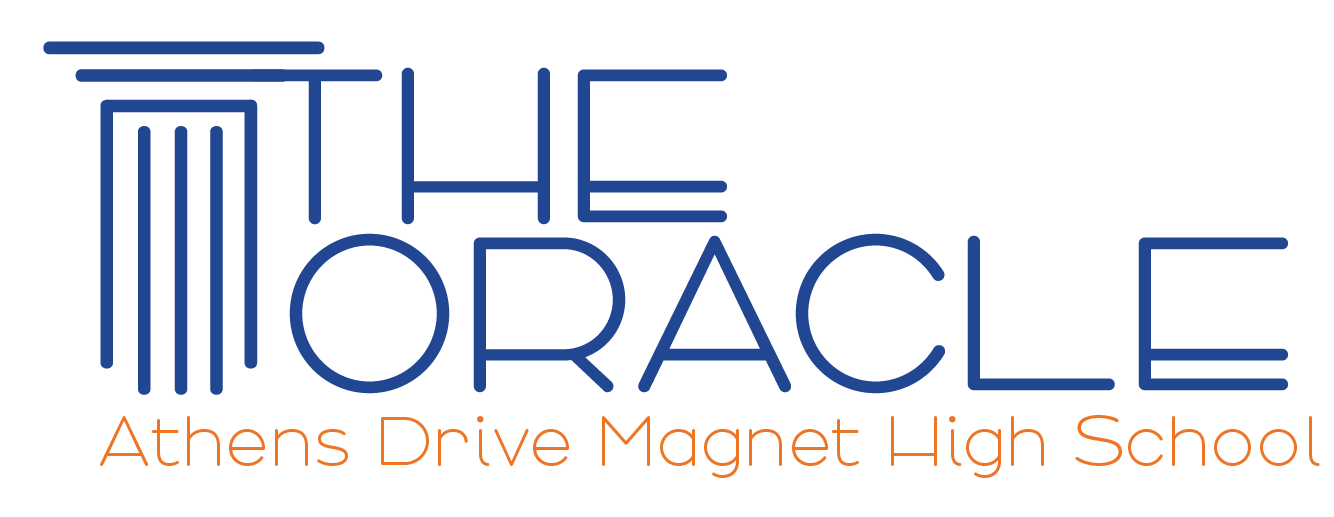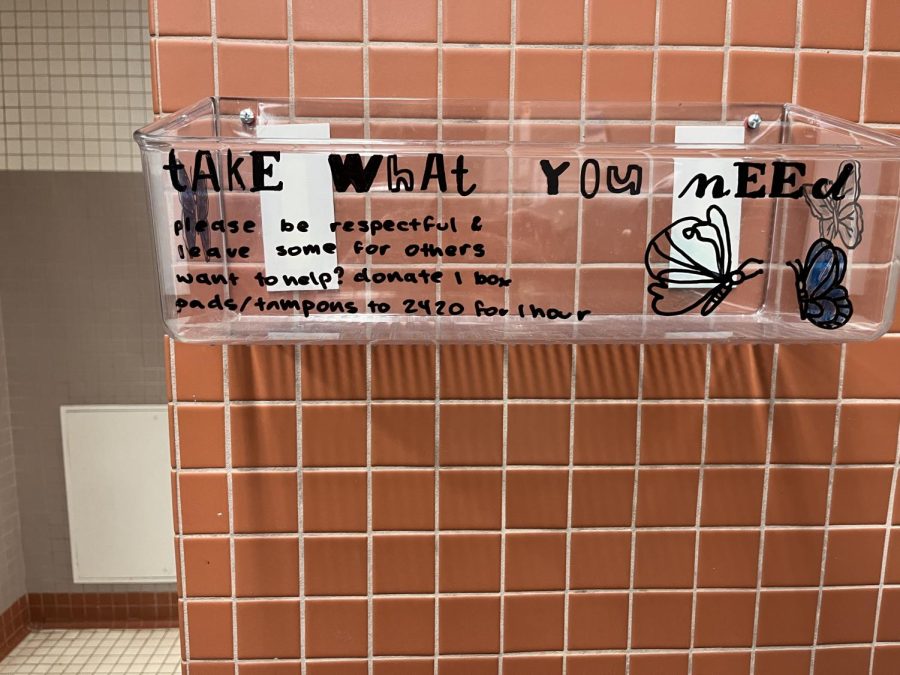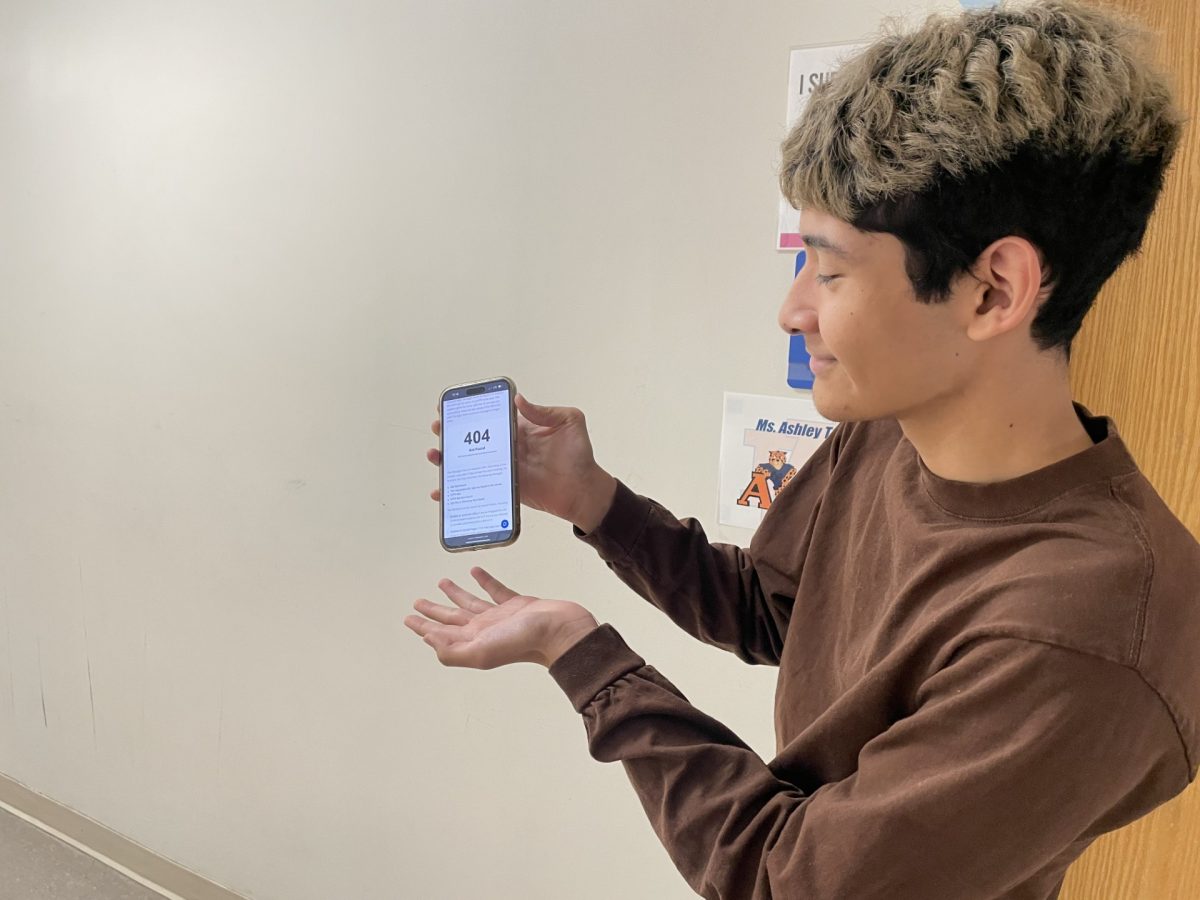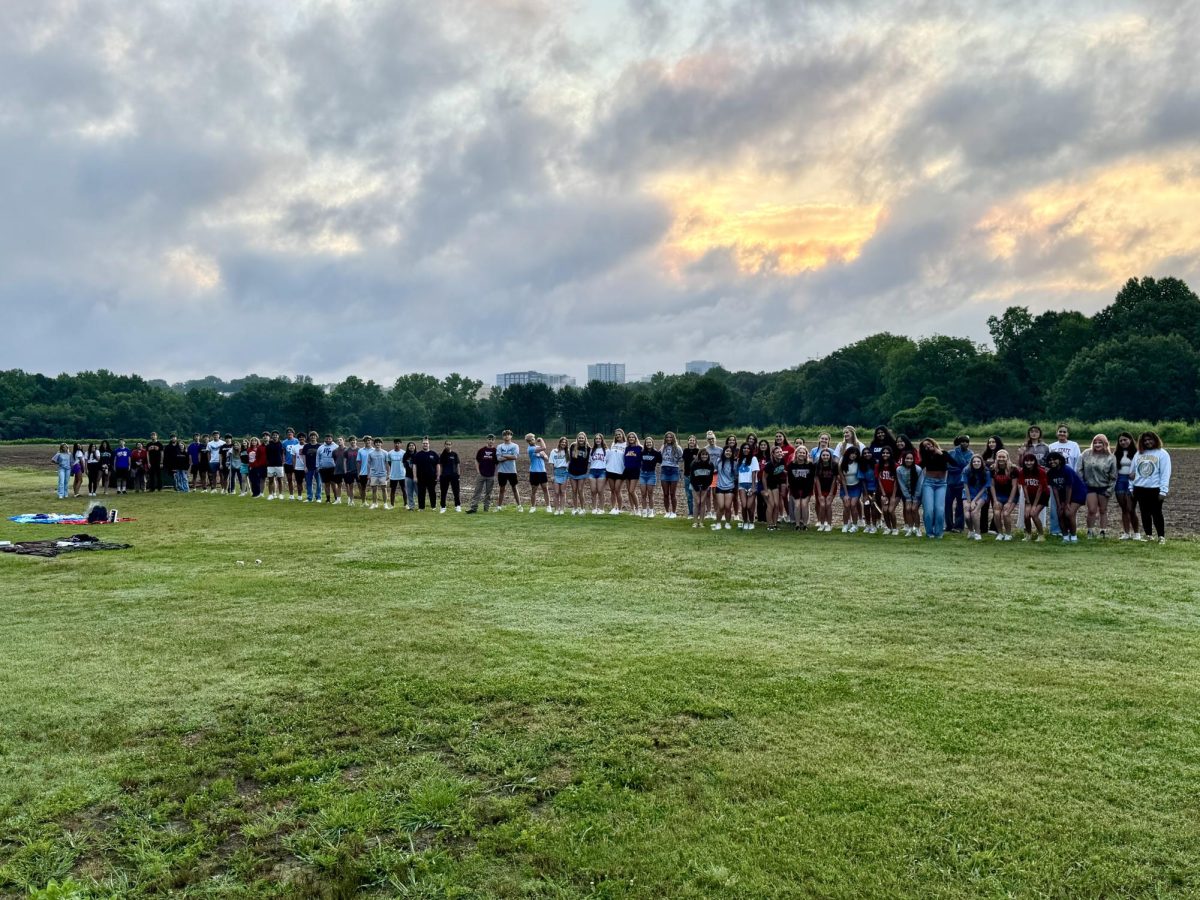A goal that many students want to achieve after graduating high school is to complete an education that is sought out by many—a bachelor’s degree. According to census.gov, just around 5% of Americans had a bachelor’s degree in 1940. This is a stark difference from today, where college degrees are more popular than ever. Today, about 37.5% of people over 25 have a college degree.
Many job requirements shift from needing just a high school diploma, to preferring applicants who have college degrees. Simultaneously, while more and more people are opting to complete a degree, the cost of receiving a degree has steadily increased throughout the years.
Student loan debt has been the topic of conversation among many Americans throughout the country. It comes as no surprise—according to Forbes, about 34 million Americans have borrowed money from the federal government to pay for school. The amount of student debt has nearly doubled within the last 15 years, skyrocketing from 860 billion in 2010, to a whopping 1.75 trillion in 2025.

(Photo courtesy of Analisa Sorrells/EducationNC)
To fund college, people fill out the FAFSA (Free Application for Federal Student Aid). One of the types of aid that is handed out is grants, which do not have to be paid back. After grants and scholarships, loans are used to fill the gap between the cost of attendance to make it more affordable for students to attend college. As college prices continue to increase, many students opt to take out loans to finance their educational pursuits.
Recently, financial aid has been hit with certain glitches, after over 1,300 employees were laid off from the Department of Education, causing delays in certain FAFSA forms.
“Last year, the Federal government revised the FAFSA application. The revisions were supposed to make it shorter and simpler to complete, but it had a “bumpy” roll out,” said Audrey Lee, financial aid advisor for Athens Drive.
The application also opened later than in previous years.
“FAFSA opened 12/1/24 this year. In the past, FAFSA opened in October. The delay in opening makes it harder for colleges/universities to get out their financial aid letters due to the compressed amount of time,” said Lee.
Now, the current administration is attempting to dictate whether colleges and universities can accept financial aid that is awarded to students. Colleges must disclose if they have received any foreign aid gifts, due to fears surrounding potential foreign influence. Colleges that refuse to align with what the government has ordered them to do are at risk of having their funding cut or taken away. Many research institutions have already felt the implications of these budget cuts, resulting in rescinded graduate admission offers due to the lack of funds needed to support incoming students. Mass layoffs also have been occurring at large universities such as Johns Hopkins, where over 800 million in funds have been taken away.
“I am glad I received my financial aid offer, but worried that with the cuts in future years, it might be more expensive to afford,” said Mena Hammond, senior.
With growing uncertainty surrounding financial aid, some students are worried about being able to afford college. Pell grants and loans are at risk of being reduced, and DEI initiatives will no longer be enforced due to the dismantling of the Department of Education. These factors leave students hesitating when choosing a future college or university.
“I hope financial aid stays available for me and other students to continue to focus on achieving a high-quality education,” said Hammond.













